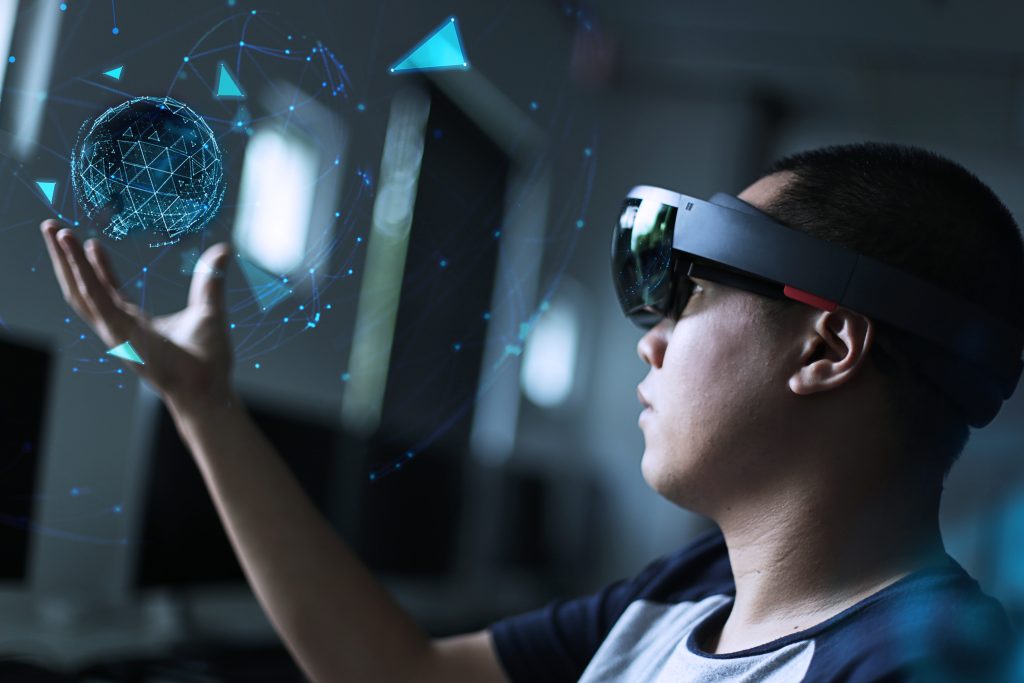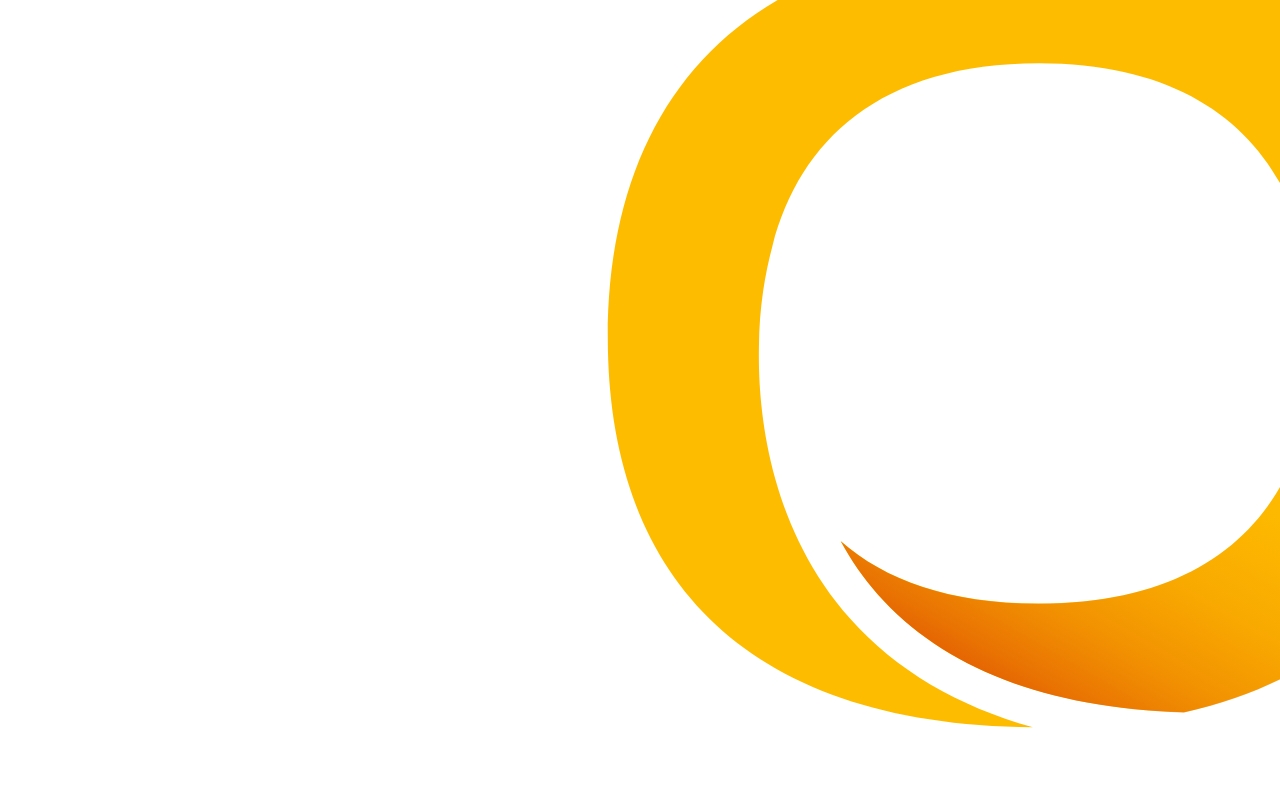The Microsoft Hololens is an augmented-reality (AR), mixed-reality (MR), and virtual-reality headset that allows you to create and interact with holograms in your physical environment. By combining the Hololens and the iMotions software, you can measure and understand how people react emotionally and cognitively to different kinds of virtual environments and experiences.

Through iMotions, it is possible to turn studies with the Hololens into multimodal human behavior studies by adding more biometric sensors such as facial expression analysis, electroencephalography (EEG), GSR, and more.
Here are 10 ways to use Hololens in iMotions for your research projects.
1. Create immersive simulations of real-world scenarios and measure how people respond to them. For example, you can simulate a public speaking situation and measure the anxiety level, attention, and engagement of the participants using eye tracking, heart rate, and skin conductance.
2. Design and test new products or services in a virtual setting and measure how people perceive and evaluate them. For example, you can create a virtual prototype of a new car and measure user satisfaction, preference, and usability using facial expression analysis, EEG, and self-report surveys.
3. Explore the effects of different environmental factors on human behavior and well-being. For example, you can manipulate the lighting, temperature, noise, or smell of a virtual room and measure how they affect the mood, stress, and performance of the participants using EEG, heart rate variability, and subjective ratings.
4. Investigate the impact of social interactions and communication in virtual reality. For example, you can create a virtual avatar of yourself or another person and measure how people interact with them using eye tracking, facial expression analysis, and speech recognition.
5. Study the learning outcomes and motivation of different educational methods and materials in virtual reality. For example, you can create a virtual lesson or game and measure how people learn from it using eye tracking, EEG, and behavioral data.
6. Evaluate the effectiveness and safety of different training programs and interventions in virtual reality. For example, you can create a virtual scenario that requires a specific skill or behavior and measure how people perform and improve using eye tracking, EEG, and feedback mechanisms.
7. Experiment with different forms of art and entertainment in virtual reality and measure how people enjoy and appreciate them. For example, you can create a virtual museum or concert and measure how people experience them using eye tracking, facial expression analysis, and EEG.
8. Explore the potential of virtual reality for health and wellness applications. For example, you can create a virtual environment that promotes relaxation or mindfulness and measure how people benefit from it using heart rate variability, EEG, and self-report measures. Or explore how virtual reality can be used in therapy.
9. Investigate the ethical and social implications of virtual reality for human society. For example, you can create a virtual scenario that challenges the moral values or beliefs of the participants and measure how they react to it using eye tracking, facial expression analysis, and EEG.
10. Develop new methods and techniques for conducting research in virtual reality. For example, you can create new ways of presenting stimuli, collecting data, or analyzing results using the features and capabilities of both the Hololens and iMotions, and then compare augmented reality methods to traditional methods for ease of use and learning potential.
These are just some examples of how you can use the Hololens in iMotions for your research projects. The possibilities are endless with this powerful combination of virtual reality and biometric research tools. If you want to learn more about how to use Hololens in iMotions or get started with your own project, please visit our website or contact us today.







